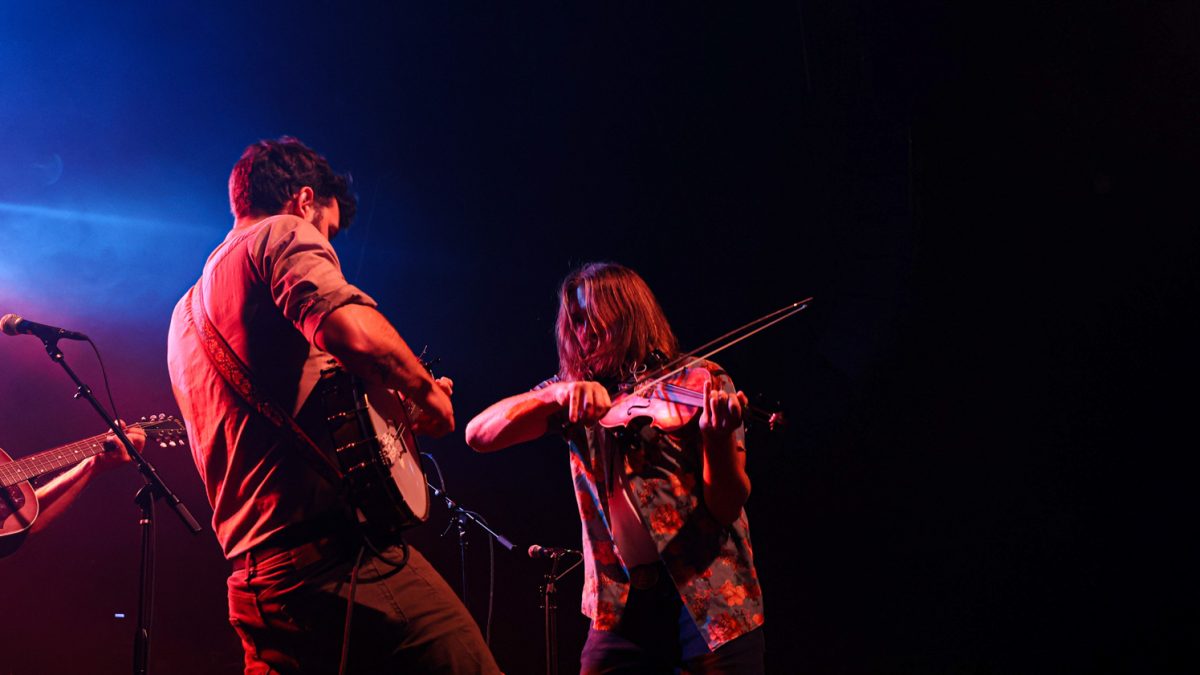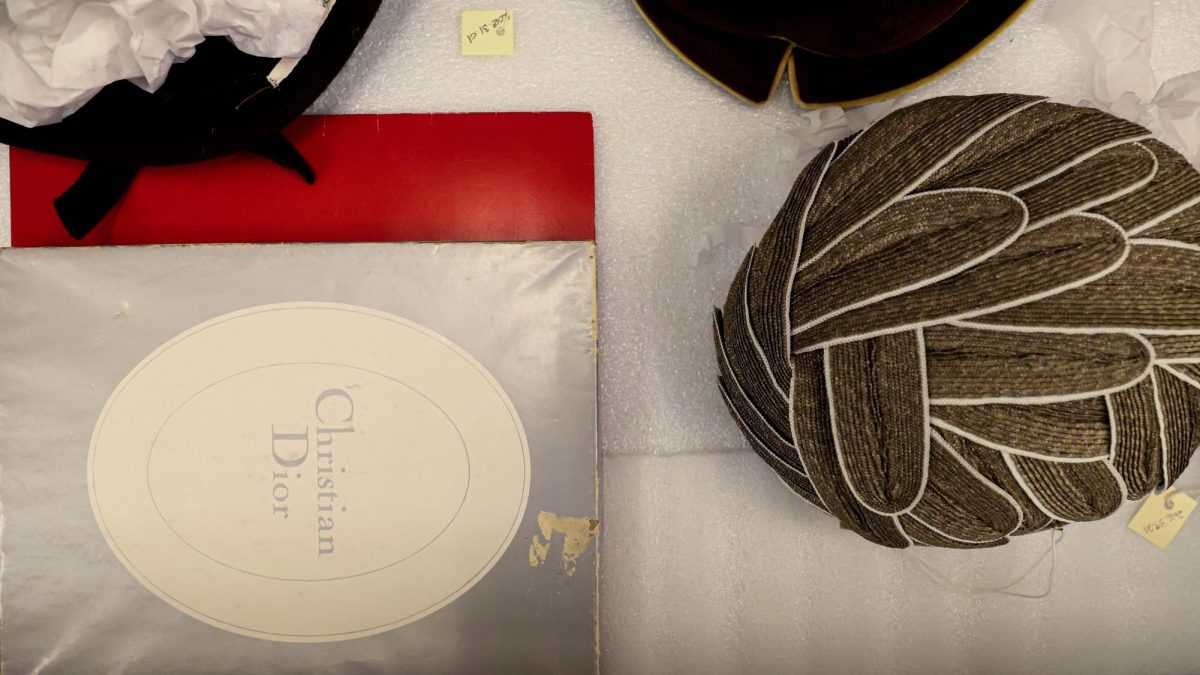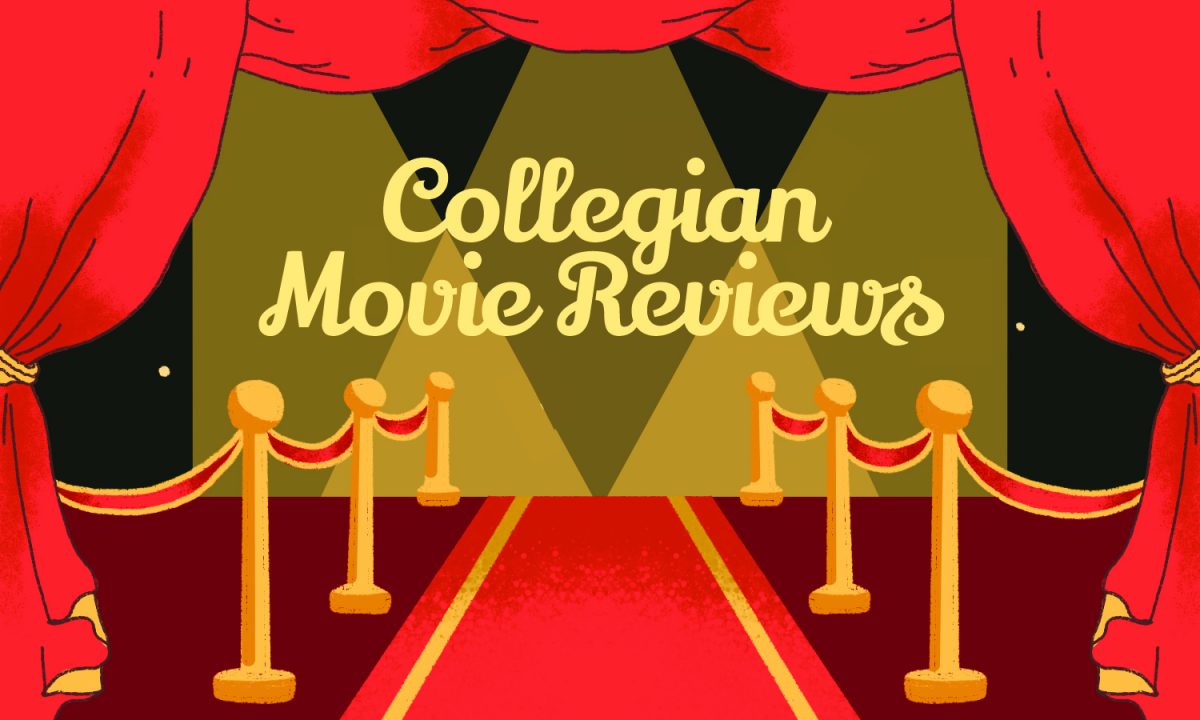The Fort Collins Museum of Discovery performed a laser show on June 23 and 24 that was synchronized to songs from the great David Bowie.

Bowie released what was supposed to be his penultimate album in 2016. Longtime fans likely noticed “Blackstar’s” darker tones and lyrics. This was not Bowie at his usual upbeat and quirky self. The music video for one single, “Lazarus,” showed the 69-year-old rockstar with black buttons hanging over his eyes, appearing gaunt and frail as he sang a haunting reflection on mortality.
Bowie passed away just two days after “Blackstar’s” release, leaving an intended follow-up album unfinished and untitled. As often happens with albums released in close proximity to an artist’s death, “Blackstar” received great acclaim. It sold 1.9 million copies worldwide, and among his 26 albums spanning a nearly 50-year career, it was his only work to be awarded the category of Best Rock Performance at the Grammy Awards.
“Lazarus” was included in the laser show, the third song in a twelve-track tribute to Bowie’s life. The song stood out next to more energetic tracks like “Ziggy Stardust and the Spiders from Mars” and “Life on Mars,” which bookended “Lazarus” in the playlist. The juxtaposition between a song released at the height of his career and one written at its end was not lost on the audience. While the “Mars” tracks elicited cheers and applause, “Lazarus” was met with silent reflection.
“We’re basically a space pilots here in the dome,” said Brenna Valentine, a member of the laser dome’s four-person team.
Indeed, there was an emphasis on space exploration, spiritual journeying and out-of-body experiences both in the song selection and the imagery projected onto the dome. Listeners careened through projections of stars and nebulas, guided by Bowie’s warbling voice and neon-lit face. Psychadelic planetoids and fractal art burst over the audience’s heads, colors popping in time with the backbeat of “Star Man,” “Space Oddity” and “Ashes to Ashes.”
A series of giant Bowie cutouts appeared from the ether, portraits from his Ziggy Stardust days. With the archetypal thunderbolt painted across his face, Bowie’s figure alternately strummed the guitar, crouched grinning on the floor and stood with one hand thoughtfully poised on his chin. These moments were particularly memorable and served as a photo shoot collage straight out of the 1970s.
“Our team uses audio-reactive software to create the projections and make them pulse in sync with the music,” said Kerin Tankeen, the dome’s projection operator. “The lasers are added live during the show, which is what I do back here.”
Surrounded by switches and LCD monitors, Tankeen hopped between keyboards during the show, adding neon shapes and expressions onto Bowie’s celluloid face.
“The show is this intimate atmosphere for people to connect with the artist’s world,” Tankeen said. “Our visuals are an added stimulant for the music.”
Ben Gondrez, the digital dome’s manager, echoed the sentiment.
“It’s just a fun space for people to remember the music and to reflect on an artist who held a lot of meaning in their lives,” Gondrez said.
Valentine reminded prospective audiences that the laser dome’s musical tributes also stretch beyond the Bowie show.
“There’s another one next month, and this time it’s Madonna,” she said.
Collegian Reporter Ryan Greene can be reached at entertainment@collegian.com.





